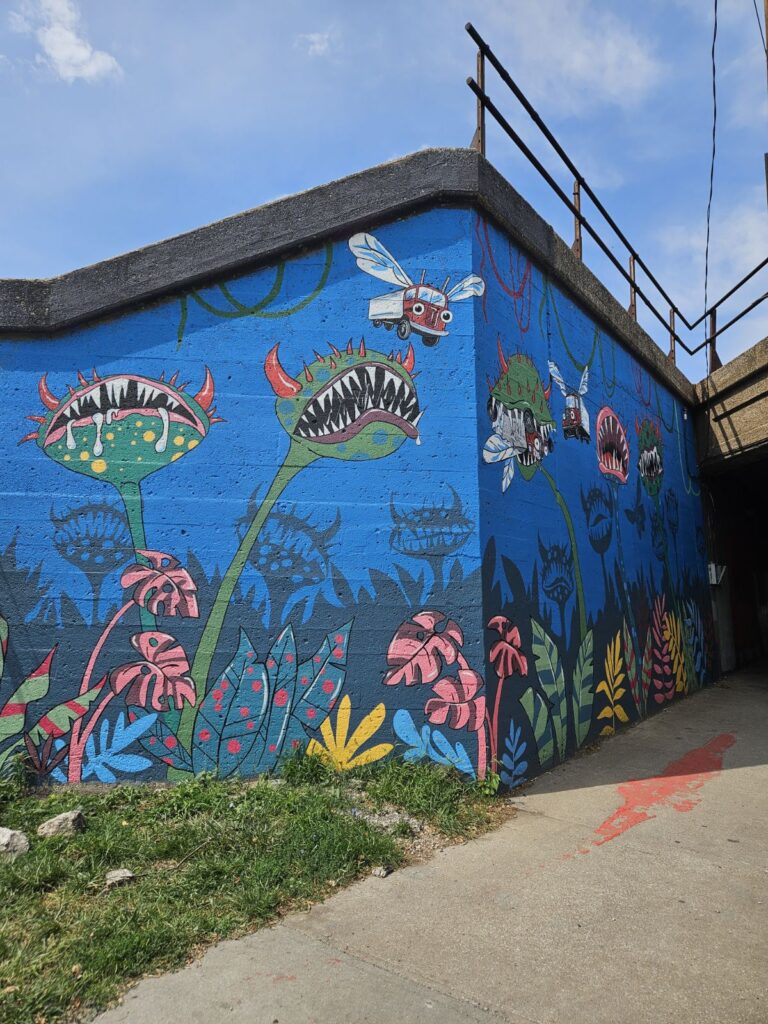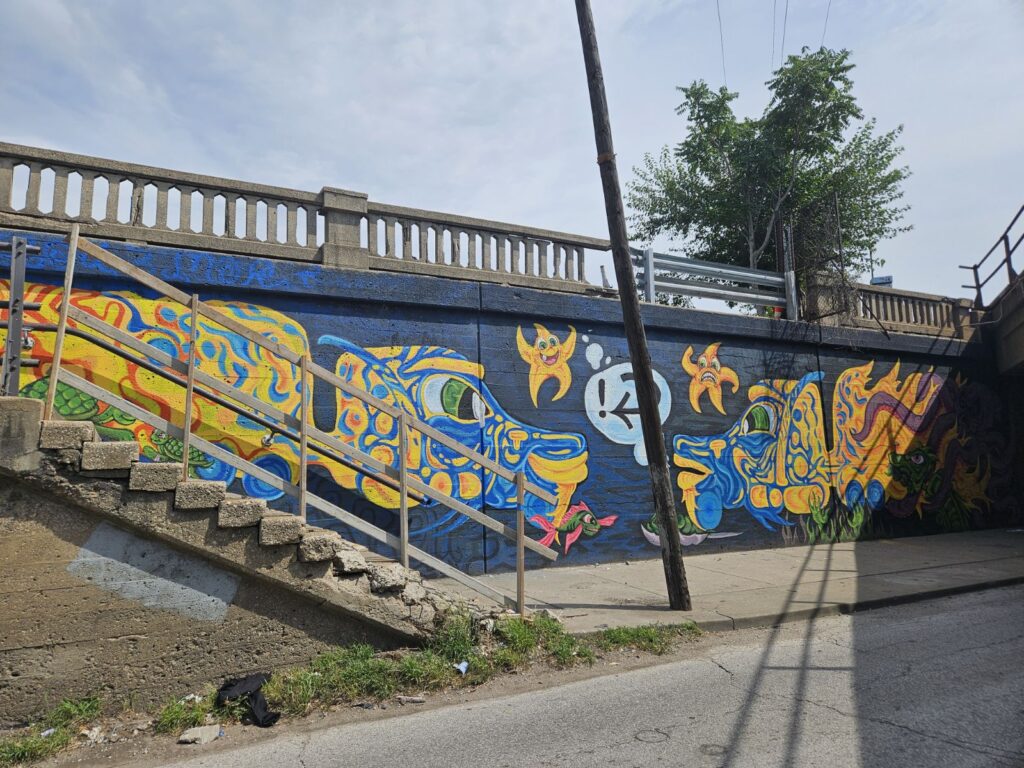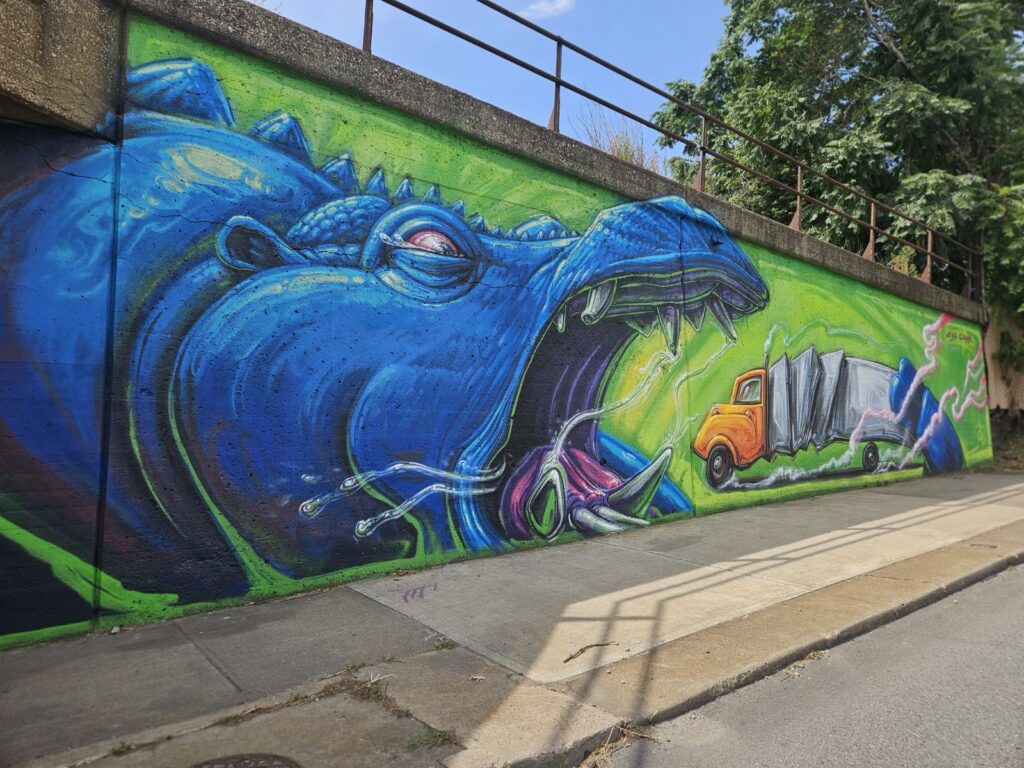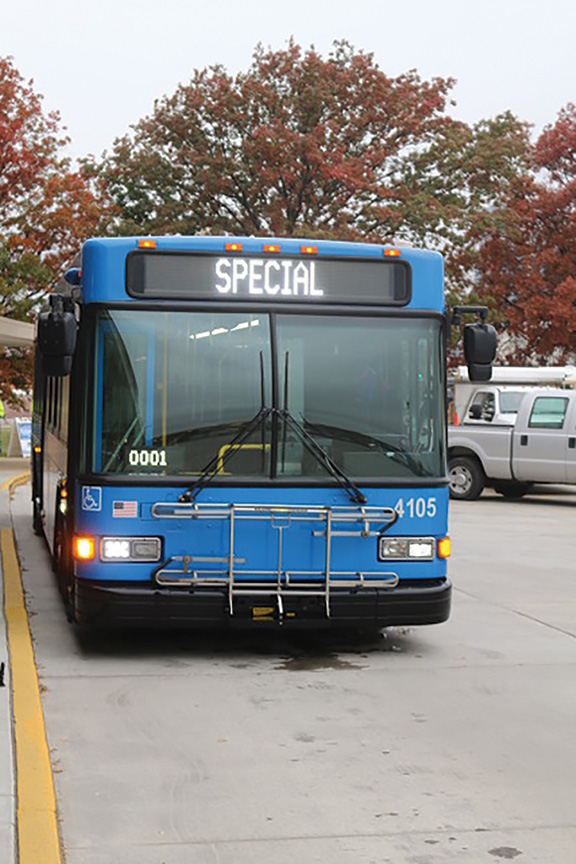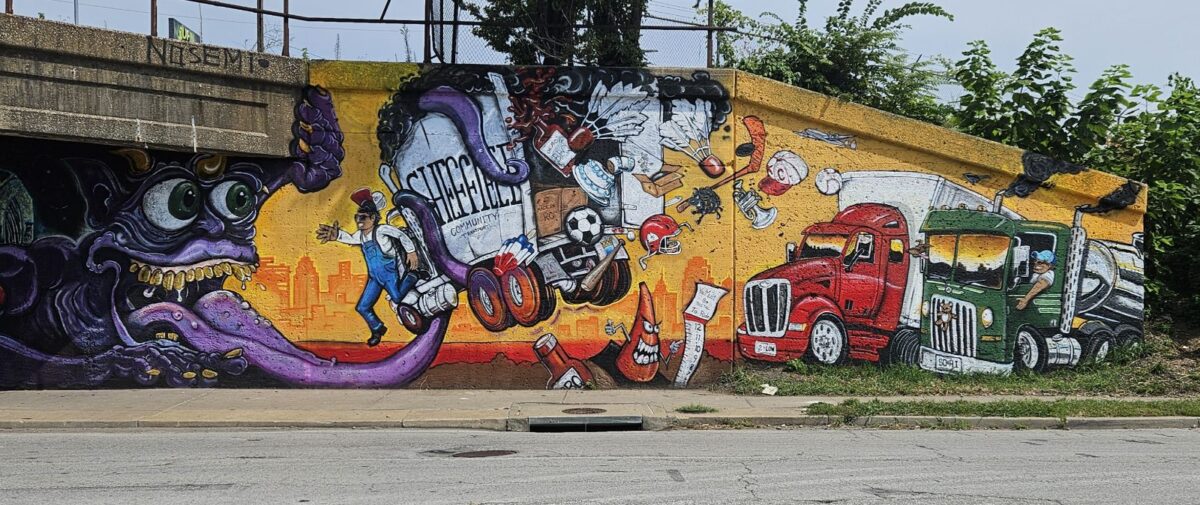
Emily Wheeler
Editorial Assistant
CLARIFICATION: “Truck-Eating Bridge” Murals
The recently illustrated Independence Avenue “Truck-Eating” Bridge murals were created with a purpose to prevent graffiti in this location and clean-up the area, according to the Independence Avenue City Improvement District (CID).
While it may have come across previously that these murals were an attempt to prevent truck-bridge collisions, the intention was to illuminate this space visually — rather than accident determent. We apologize for this confusion.
Friday, Aug. 9, the Independence Avenue “Truck-Eating bridge” devoured yet another vehicle attempting to reach its destination. This incident follows the recent installation of four new murals at the site — all depicting the bridge’s notorious reputation. These murals were part of an initiative to enhance the bridge’s visibility and address its persistent problem with truck collisions.
Despite these efforts, some local residents and daily commuters have expressed doubts regarding the new artwork’s effectiveness in preventing accidents on the Facebook group, “Independence Ave Truck-eating Bridge KCMO.” They argue that while the murals are visually striking, they may not provide the necessary deterrent for truck drivers who frequently misjudge the bridge’s clearance.
Ricardo Vega — a self-proclaimed fan of the truck-eating bridge — suggests these murals alone may not be sufficient in fixing this plague. “It would be more effective to have a prominent warning on the front of the bridge, rather than distractions on the side,” he said.
Longtime Historic Northeast resident Harold Whisler said he is skeptical that the murals will have much impact. “Most of these truck drivers don’t know how tall their trucks are, so they aren’t going to pay attention to the walls under the bridge,” said Whisler.
Lisa Worley Brown — who drives under the bridge daily on her work commute — said she likes this new artwork but acknowledges its potential downsides. “That bridge needed something to catch your attention,” Brown said. “But I can see how it could be distracting to drivers.”
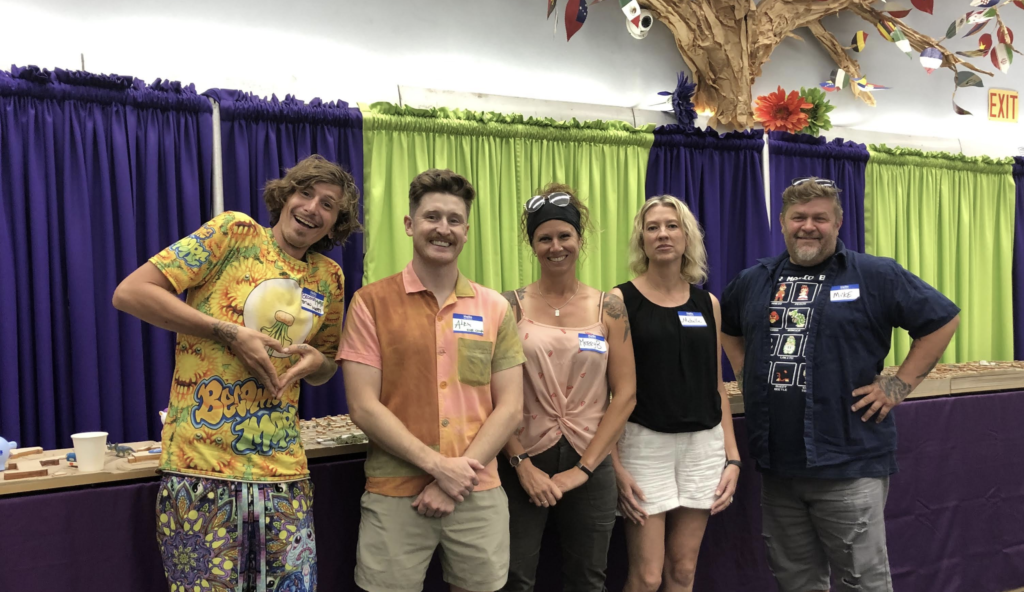
| Photo by Dorri Partain
These completed murals are part of an ongoing project with the City of Kansas City and the Kansas City Terminal Railroad aimed at improving the bridge’s visibility through visual, lighting and safety enhancements. Funded by a grant from KC Rebuild, these murals were designed to cover graffiti surrounding the bridge and alert drivers of its low clearance.
“We want to bring attention to the bridge,” said Northeast Kansas City Chamber of Commerce Events Director, Rebecca Koop. “We hope the bright colors of the murals will capture the attention of pedestrians.” Koop envisions additional improvements for this bridge — including painting its underside and adding lights to enhance pedestrian safety.
Funding for these murals and selection of artists was coordinated by the Independence Avenue Community Improvement District (CID) and Chamber of Commerce.
Owned by the Kansas City Terminal Railroad, this bridge was built in 1912 and stands 12 feet tall. While it may appear normal to the average commuter, it poses a serious risk to the average 13.6-foot high tractor-trailer. This bridge remains undefeated — having encountered collisions with at least 40 trucks since 2020, according to KCPD accident statistics.


